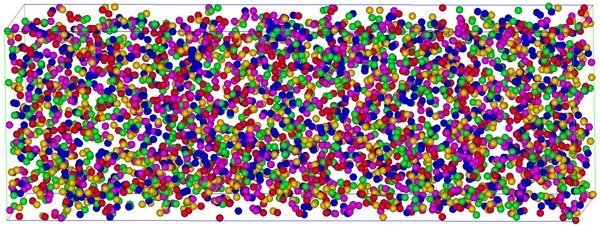The unpredictable failure mechanism of White Etching Crack (WEC) formation in bearing steels urgently demands in-depth understanding of the underlying mechanisms in the microstructure. The first breakthrough was achieved by relating the formation of White Etching Areas (WEAs) to successive WEC movement.


